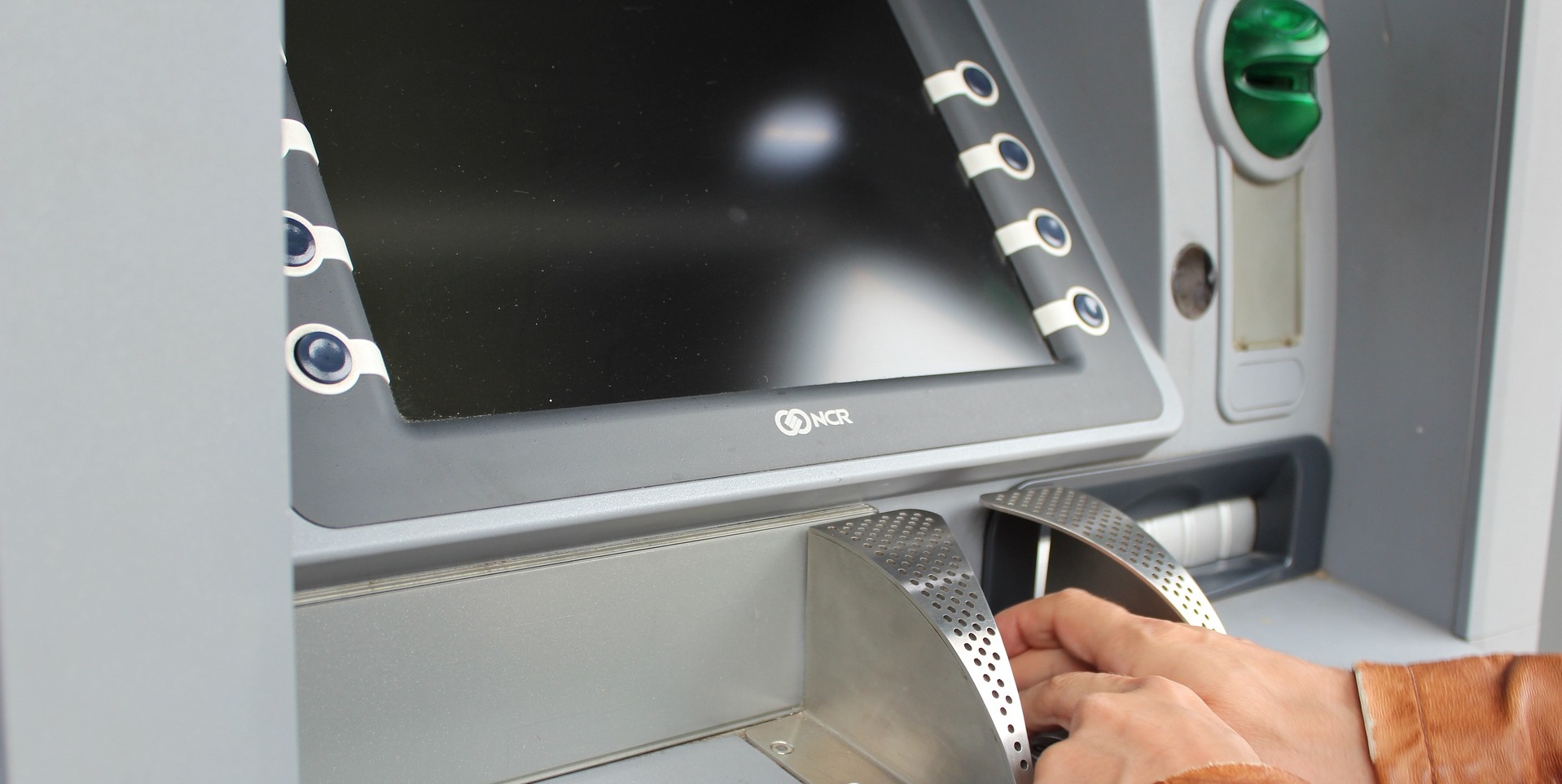Do you still need to get cash from an ATM (Automatic Teller Machine)?
In a world of electronic payments, the need for using cash is getting less and less. But occasionally, you may still need to get some cash from an ATM. The invention of ATM really brings a lot of convenience to our lives and enables us to get cash whenever we want, provided we can find an ATM machine. For decades, the basic operation of an ATM hasn’t changed. You have to bring your card with you, find an ATM machine, queue up there if it is busy, insert the card, verify your ID using a PIN (Personal Identification Number), enter the amount you want, and finally take your card and the machine spits the cash to you.
We are now very skillful at this process. You may do it without much conscious processing. But with the growing number of cards in our wallets, the idea of ATM cash withdrawal without a card can be a big step forward for most of us.
The ATM Cash Withdrawal Problem
This process has been here for decades. You probably learned it when you are a small kid. With an ATM-enabled card, you can go to an ATM for your bank network and perform the transaction. Bringing the physical card with you is the mandate. You may have a couple of cards in your wallet, you may have a lot of stuff and shopping bags with you, or your card may be well worn-out, which all make getting the card out not very convenient.
You might have imagined if it is possible to withdraw cash without using a physical card, especially when you can access your bank account over the internet and with a mobile app.
Does your bank already offer cardless cash withdrawal? I happen to have used this type of service in both Hong Kong and Taiwan. They have very different approaches to the service, which is kind of interesting for learning user experience design.
The Taiwan Experience
Taiwan banks started rolling out cardless cash withdrawal around 2020. Different banks have slightly different implementations, but the basic process is the same. Here is an overview of the operation.
Activate the service
Before you can use this service, you have to “activate” it by enabling the service by using your physical ATM card to enroll at an ATM. In this process, you have to create a special PIN code, which is needed for future cardless withdrawal operations.
Another requirement is that you have the mobile banking app installed on your phone.
Using the service
When you need to withdraw cash without a card. You have to:
- Use your smartphone (iOS or Android) to log onto the banking app and choose cardless cash withdrawal.
- Get a one-time cardless withdrawal code (a 9-digit number in my bank’s case) generated by the app.
- Go to an available ATM (and queue up there if it is busy)
- Choose “Cardless Cash Withdrawal” from the welcome screen.
- Copy your 9-digit code from your mobile app.
- Enter the amount you need to withdraw.
- Enter your Cardless Withdrawal PIN.
- Wait for your cash. Take it and go!
- You get an SMS notification.
The process eliminates the need for a card by replacing the card with a generated one-time 9-digit code.
Here is a video to demonstrate the operation in various Taiwan banks.
The Hong Kong Experience
The banks in Hong Kong started promoting cardless cash withdrawal around 2019, more than a year before Taiwan. The following outlines the basic operation.
Activate the service
The is basically NO need to activate the service. The only requirement is that you have the mobile banking app installed on your phone. Some banks require you to activate the service in your mobile app, with a click of a menu item.
Using the service
- Log onto your mobile banking app and select “Mobile Cash Withdrawal” (that is what it is called by my bank).
- Enter the amount and bank account you want to draw cash from. When you click “confirm” in the app, you will activate the QR-code scanner (camera). At this point, you may also choose to use NFC.
- Go to an ATM (and queue up there if it is busy)
- Choose “Mobile Cash Withdrawal” from the welcome screen. A QR-code will be displayed. Just use your phone (in scanner mode) to scan the QR-code (following step 2).
- Wait for your cash. Take it and go!
- You get an SMS notification.
This operation eliminates inputting code or amount into the ATM. All input operation is done in the mobile app. You interaction with the ATM’s touchscreen or keypad is being kept to a minimum.
Here is a demonstration from one of Hong Kong’s bank.
Can you spot the differences?
Both operations eliminate the need for the physical card, but the overall experience is very different.
For the Taiwan case, you still have to enter a chain of information into the ATM to validate the operation (9-digit code), enter your withdrawal amount, and verify your ID (PIN). So, the focus of the change can be seen as ONLY getting rid of the need for a card. The mobile banking app and ATM act as two different systems.
For the Hong Kong case, you validate your ID and all the needed information with the app. The mobile app and the ATM act as an integrated system to serve your cash withdrawal need.
As a user, both cases eliminate the need for a card. But the Taiwan case stops there and the user still needs to interact a lot with the ATM. For the Hong Kong case, the elimination of the card and the use of a mobile app enables more streamlined operation and treating the ATM only as a part to spit out cash.
If you like to use the language of Design Thinking, we may speculate that the pain points that the two cities focus on are different.
Taiwan:-
- Job-to-be-done: Get cash
- Major pain point: Bring the card with you
Hong Kong:-
- Job-to-be-done: Get cash instantly (the city values speed more than Taiwan)
- Major pain points: Bringing the card and waiting (queueing up and operation)
If we assume the design process followed a Design Thinking methodology, the design team’s definition and selection of the pain point(s) to address had cast a big impact on the resultant service. This selection may also be affected by contextual factors like the usual queue-up time needed, the cultural values (for speed and productivity), and the legal and regulatory requirements.
So, same problem, different solution. Even if you empathize with the users, you may still yield different foci on the problem. The difference also lies in point-of-views that your established, or your ability to zoom-in and zoom-out of the problem space. Of course, we are not saying which one is a better implementation because we haven’t considered the other important factors like technological and legal environment in the two cities.
The Lessons for Me
Here are my 3 takeaways from this case:
- When we study the user experience, the identification of pain points is not fixed. How we weigh the various pain points affect the definition of the problem to be solved.
- There is always more than one solution to a problem, let alone different types of users who may have different views.
- Broadening your focus on a problem (zooming out) may provide opportunities for even bigger or better changes.
Finally, a curious point here. The Hong Kong implementation is about a year before Taiwan. Had Taiwan benchmarked Hong Kong and developed their implementations, or did they just go with their own thoughts?
Your Turn
Tell me your thoughts.


